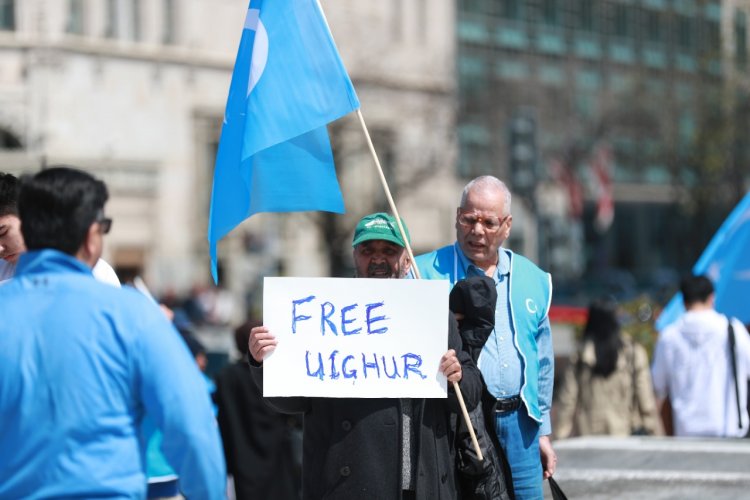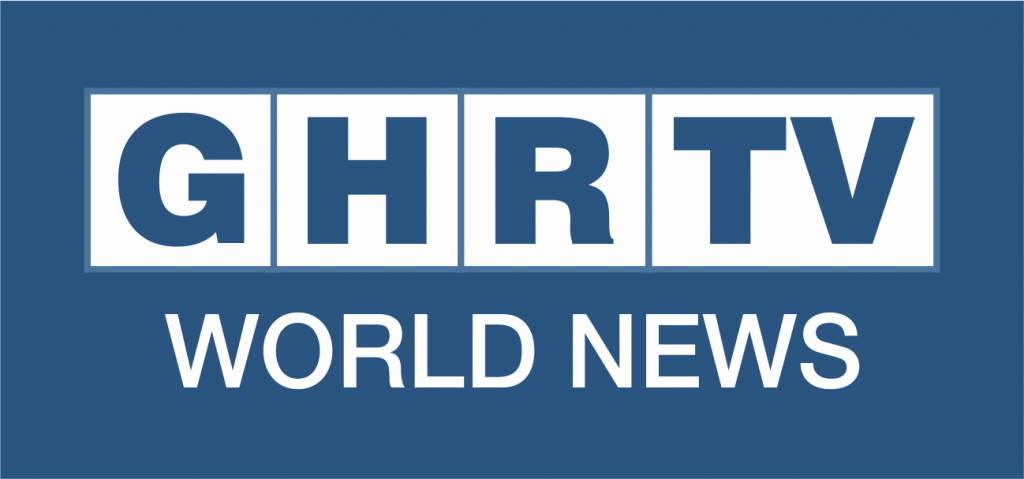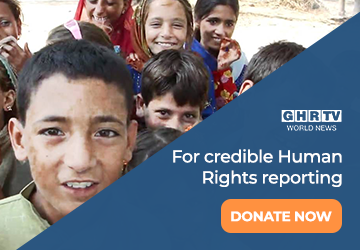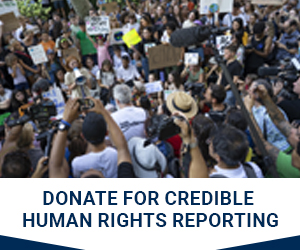The UN released the report assessing human rights violations perpetrated against the Uyghur and other Muslim Communities

02-09-2022
Beatrice Serra
International Justice and Human Rights Researcher
Global Human Rights Defence
On August 31st, the Office of the UN High Commissioner for Human Rights (OHCHR) published a report assessing human rights violations perpetrated in the Xinjiang Uyghur Autonomous Region against the Uyghur and other Muslim communities.
According to the Report, violations have taken place in the context of the counter-terrorism and counter-violent extremism laws which contain overly broad and vague definitions, such as “propositions”, “social panic”, “other objectives” or “disruption of social order and other serious social harm”, making “terrorist activities” and “terrorism” umbrella terms able to attract, hence punish, legitim acts of “protest, dissent and other human rights activities, or of genuine religious activity”. While cases of detention of the population in Xinjiang dramatically increased, with sentences continue to be served for acts labelled as “extremist”, individuals responsible of “minor cases that require leniency, education and rehabilitation” have been forcibly placed and kept in so-called “Vocational Education and Training Centre”. The Government of China is considered responsible for “a pattern of large-scale arbitrary detention occurred in VETC facilities, at least during 2017 to 2019, affecting a significant proportion of the Uyghur and other predominantly Muslim ethnic minority community”. Individuals detained in VETC are reported to be the subject of torture and/or other forms of ill-treatment, such as punishment for wrongdoing, prolonged solitary confinement, forcing to stay in stress positions, beatings, deprivation of sleep, forced administration of pills and injections, rape and sexual abuses and humiliation, forced labour and reports of deaths in custody.” Due to that, physical health condition of individuals sharply deteriorated while experiencing phycological torture led to long-term psychological consequences for many. Such acts may constitute crimes against humanity and/or war crimes. (UN News, 2022; OHCHR Assessment, 2022)
In recent years in Xinjiang, a general pattern of undue human rights violations has targeted persons belonging to ethnic communities, restricting cultural, linguistic, and religious identity and expression; rights to privacy and movement; reproductive rights; as well as with respect to employment and labour rights. Legit and lawful expression of identity have been labeled as “extremist” under the Chinese “anti-terrorism law system” in breach of the protection accorded by international law. (OHCHR Assessment, 2022)
The UN Report recommended China to immediately “release all individuals arbitrarily deprived of their liberty in XUAR, whether in VETCs, prisons or other detention facilities”. More generally, the Chinese Government is called to take all the necessary steps to guarantee that laws and policies comply with international human rights law while ensuring prompt investigation and prosecution of alleged human rights violations, accountability for perpetrators and compensation for survivors. Ratifying the main international Covenants and harmonising them with domestic law is a fundamental step to guarantee the protection of human rights in each State. (OHCHR Assessment, 2022)
Sources and Further Readings:
United Nations (August 31, 2022), China responsible for ‘serious human rights violations’ in Xinjiang province: UN human rights report, UN News, retrieved on August 2nd, 2022, from https://news.un.org/en/story/2022/08/1125932.
United Nations Human Rights Office of the High Commissioner, OHCHR Assessment of human rights concerns in the Xinjiang Uyghur Autonomous Region, People’s Republic of China, August 31st, 2022, https://www.ohchr.org/sites/default/files/documents/countries/2022-08-31/22-08-31-final-assesment.pdf.




 GHRTV Author
GHRTV Author 




























